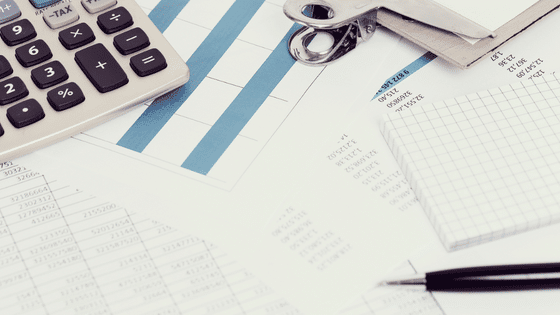Asset management is a task that businesses must perform to prevent loss. Managing and tracking all assets is not always a simple task, particularly when a company is large or has numerous branches. Therefore, businesses can use the current technology to facilitate and simplify their work, such as ERP systems with asset management software features in it.
ERP Systems can assist in the management of assets through a variety of features, each with its own proficiency and brilliance. It can help businesses in a variety of tasks, including asset management. Asset management software can cover all identification, maintenance, valuation, and leasing processes. With this, managing company assets can become significantly simpler, more effective, and more efficient.

Table of Content:
Table of Content
-
Asset Management Mobile Access
It may be difficult to manage assets that must be handled on-site or with certain systems that are only available in the office. Mobile access is a very useful asset management feature. Using this functionality of the Asset Management Software, anyone may manage or update information about every company asset at any time and from any location. It would be more efficient because the asset manager would not need to frequently visit the site or the office to maintain and update asset information.
-
Asset Tracking Feature
It is crucial to keep track of assets to ensure that none are lost or misplaced. The Asset Management Software feature enables the storage of information on asset management, valuation, location, costs, and related papers on a single platform. Using this feature, businesses can easily monitor and manage their assets. Asset depreciation, return on investment (ROI), and other expenses associated with an asset are also accurately tracked by automated calculation. Therefore, all asset information is accessible and easily handled.
Moreover, it is essential to know not only its general and value information but also its contract and administration. Additionally, asset management software helps manage asset contract tracking. It monitors and retains information on contracts, including activation fees, contract types, vendors, and insurance premiums. A cloud-based solution stores all asset and contract data, removing the need for asset management worries.
Also read: 4 Reasons Why Asset Tracking Management System Is Essential
-
Real-time Monitoring Feature
As previously said, asset tracking is essential for monitoring all assets so that none are lost or damaged. Real-time tracking can be of great assistance in determining the current state and location of an asset to prevent loss. Real-time monitoring and tracking can be very beneficial for business operations. With precise real-time updates of asset information, businesses might make the best decisions and take action in the event of an emergency.
-
Maintenance Planning Feature
Each asset must have a maintenance plan in order for it to function optimally. Businesses must regularly maintain their assets in order to keep up operations. With automatic reminders and scheduling, assets can be in good condition due to the Asset Management Software‘s maintenance planning features. Therefore, all assets can receive timely maintenance, resulting in optimal condition and reduced repair costs.
-
Easy Reporting Feature
Reports on assets are vital and must be accurate for decision-making so that every option is consistent with the plan. Human error is common in report creation, and it may take additional time to recheck and update the report. With a few clicks, Asset Management Software may instantly generate reports on asset values with pertinent data and show the findings in a variety of charts. Consequently, all asset reports would be simpler to generate with more precise data and information.
-
Clear Workload Distribution
Work distribution tasks can be difficult and require more time to divide and assign work fairly. Additionally, overworked employees and assets are harmful to their health and efficiency. This Asset Management Software features facilitates the equitable workload distribution among assigned staff and assets. It helps to save time also prevents overwork and excessive costs for personnel and assets.
Also read: 5 Effective Asset Management Tips for Improving Business Efficiency
-
User-friendly Platform Looks
It should not take too much time to learn how to use a platform; therefore, it should be straightforward and easy to understand and utilize. When it comes to properly managing business needs and assets, a user-friendly platform may be an ideal choice. Everything, including assets and activities, would be considerably easier to manage and control. Having a platform that is straightforward and simple to navigate may appear minor, yet it is of enormous help.
Conclusion
It can be difficult to track and manage a company’s assets, especially if it is large or has many branches. Asset Management Software can help businesses locate their assets, keep them in good condition, determine their value, and lease them out. Great asset management software features can make work simpler and more efficient.
Asset management software must be able to track and monitor objects in real-time, and it would be ideal if it could be accessed at any time, from any location. To keep assets in good condition, you must also plan for their maintenance. Effective workload division and precise, real-time reporting are further advantageous qualities that help avoid extra costs and human error. Last but not least, the software must be user-friendly. Contact us for an asset management software free demo and chat with our business professionals regarding your company’s needs.





































